
With more than 25,000 works by more than 3,700 American artists, it is the world’s premier museum devoted to 20th and 21st century American art. Scala Archives is honored to represent the Whitney’s collection as its exclusive worldwide agent.
In the early twentieth century the great collector, patron, and sculptor Gertrude Vanderbilt Whitney became aware of how many artists with avant-garde ideas remained unknown and unheard of because of the enormous difficulty in selling or, worse yet, even exhibiting their work. She realized how much contemporary culture was lacking in the American art market and how much education was needed.
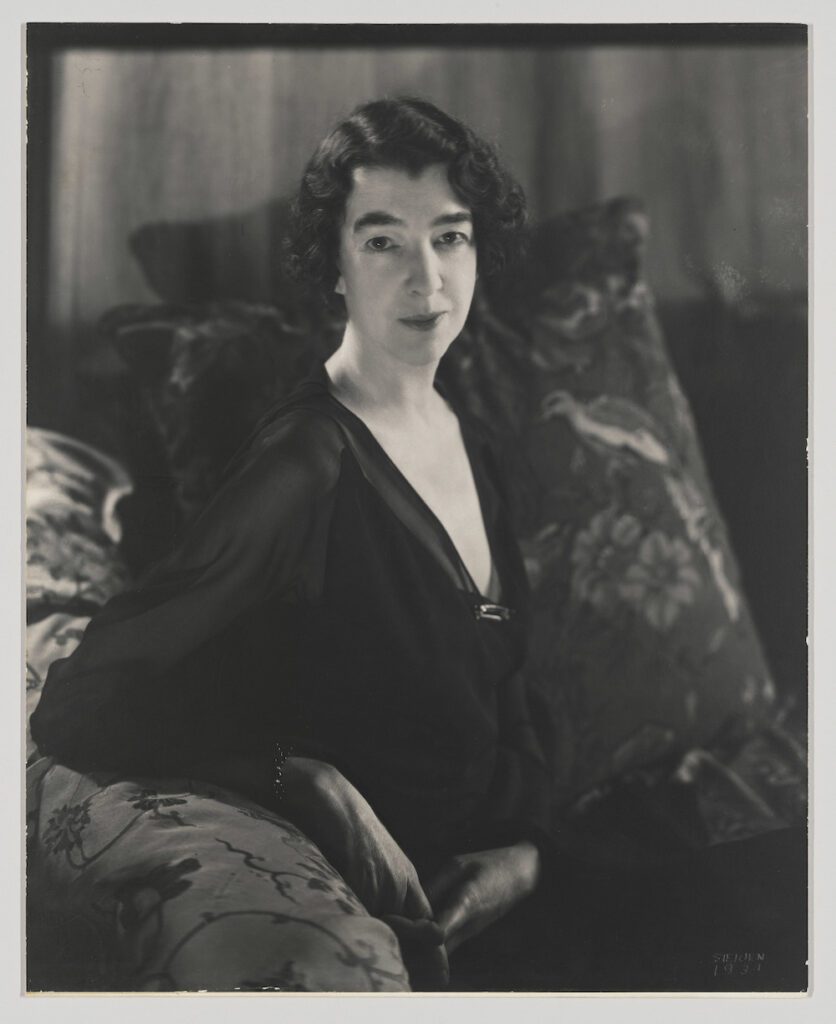
Therefore in 1914 Gertrude Vanderbilt Whitney founded an exhibition space in Greenwich Village to promote avant-garde culture and give visibility to little-known American artists.
By 1929 her collection included more than 500 works of art by U.S. artists. Whitney offered to donate it to New York’s prestigious Metropolitan Art Museum, but they declined the opportunity.
In 1931, not willing to give up she decided to open her own museum, dedicated exclusively to American art, on West 8th Street near Fifth Avenue. In 1932 she conceived of the Whitney Biennal as an opportunity for exchange and visibility that remains, to this day, one of the must-attend contemporary art events in the world.
The success of her idea meant that in the early 1960s a new exhibition space was needed. In July 1963, architect Marcel Breuer agreed to design a new venue between Madison Avenue and 75th Street. The building, described as brutalist or modernist architecture, was not particularly appreciated by contemporary New Yorkers because of the Façade of protruding steps that widened upward, became the architect’s most recognizable work. Ironically when the Whitney Museum abandoned that location in 2015 for Renzo Piano’s new design, it was the Metropolitan Museum of Art, which had scorned Gertrude Whitney’s donation at the turn of the century, that leased the building as a venue for cutting-edge exhibitions, it is known as the MET Breuer. It is currently home to the Frick Collection while the Frick’s historic building is being renovated.
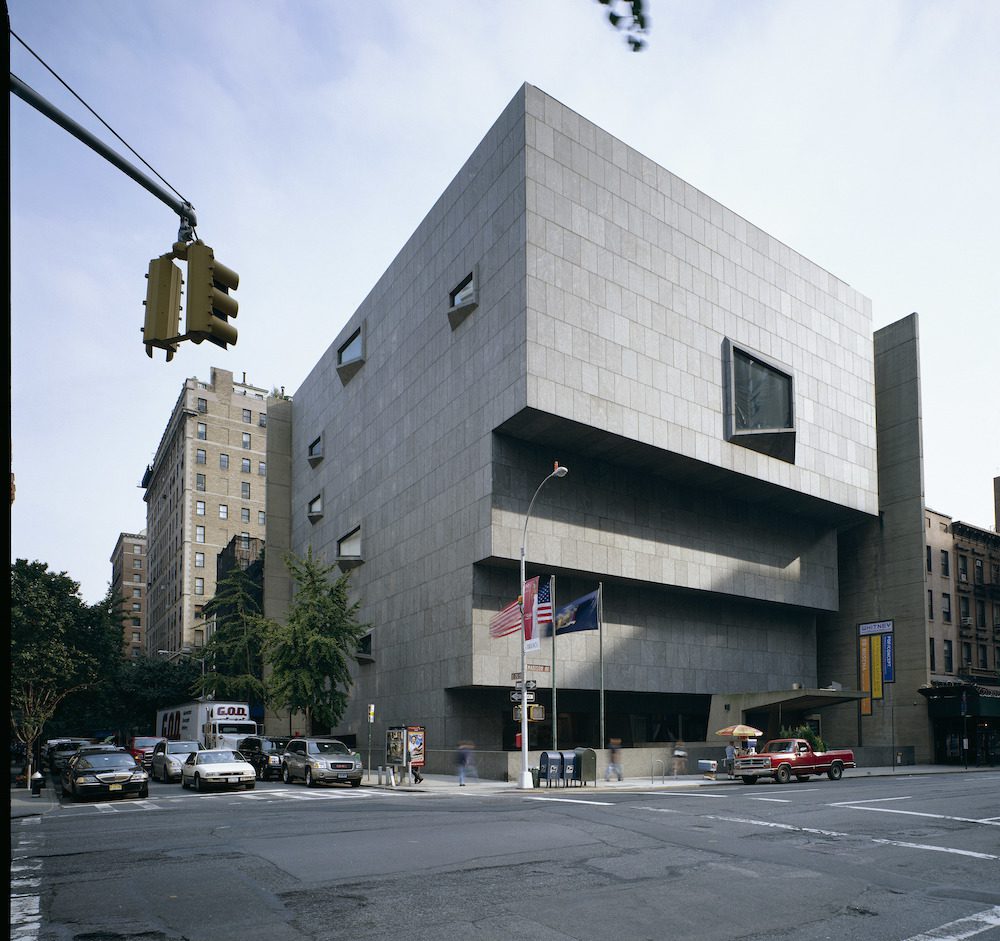
By the beginning of the new century, the Whitney’s collection had 18,000 works of art by major American artists such as John Sloan, Andy Warhol, Alexander Calder and Nam June Paik to name just a few. Inevitably, works by international artists of such great prestige were added that the available exhibition space became inadequate.
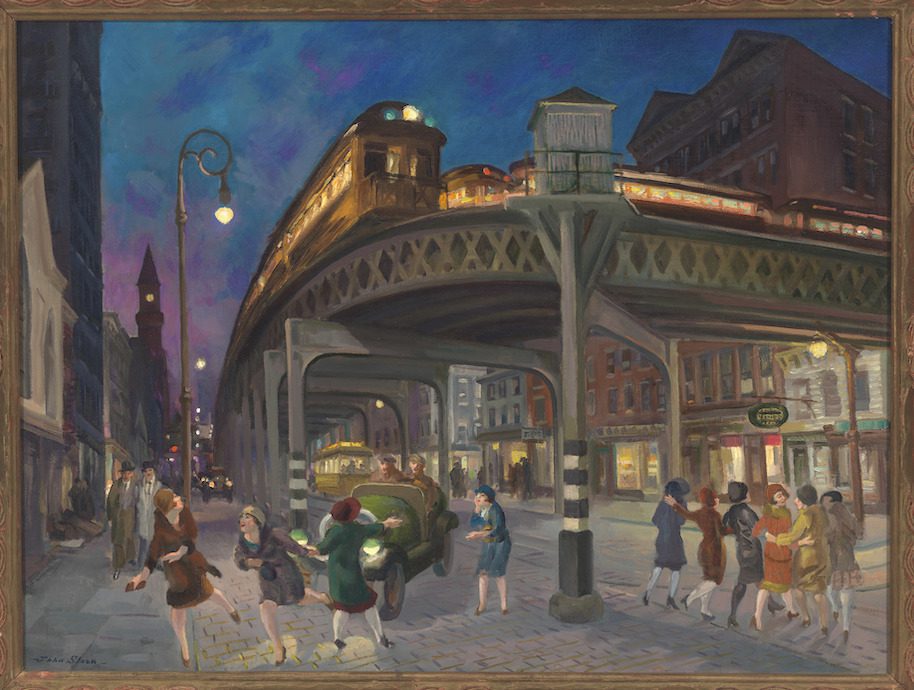
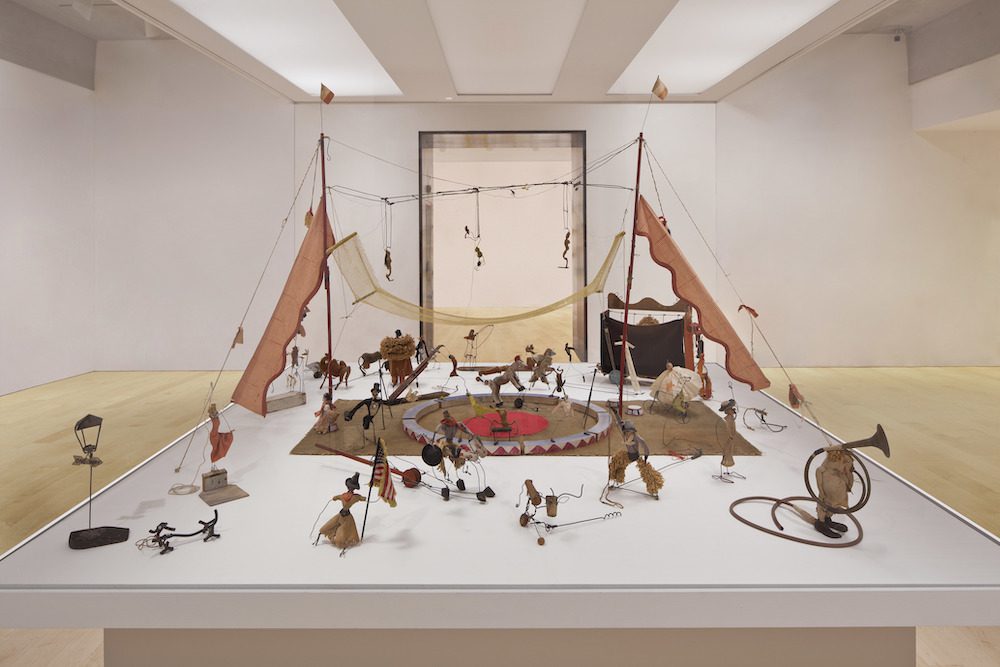
In 2004, the need for new space to better enjoy and appreciate the works, led the Whitney Museum to commission Renzo Piano to design a new venue.
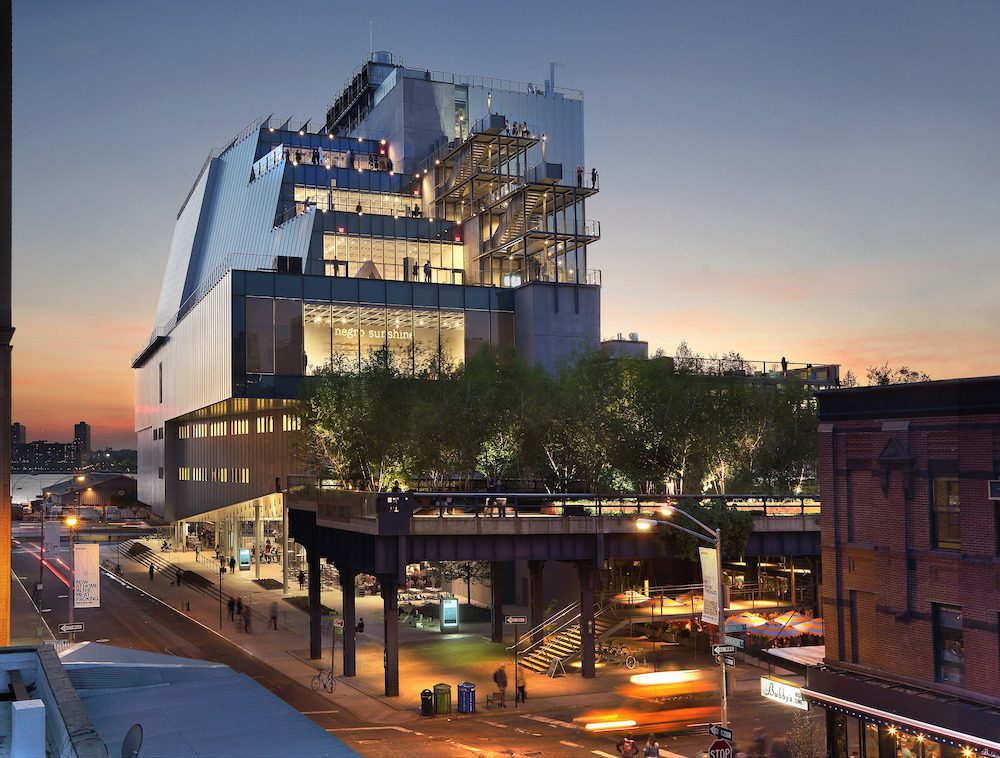
In the spring of 2015, the Whitney Museum of American Art in the Meatpacking District opened to the public with the largest quantity of contemporary works ever on display in a single exhibit.
Currently, the museum’s permanent collection allows for ever-changing exhibition itineraries. Remaining faithful to the innovative spirit of the founder, the Whitney continues year after year to display, surprise, and educate the visitor by proposing all the artistic creativity which the contemporary world gives birth to, leaving ample space – also physically considering that the second and third floors are designed as a theater- for installations, performances, and extraordinary videoart displays.
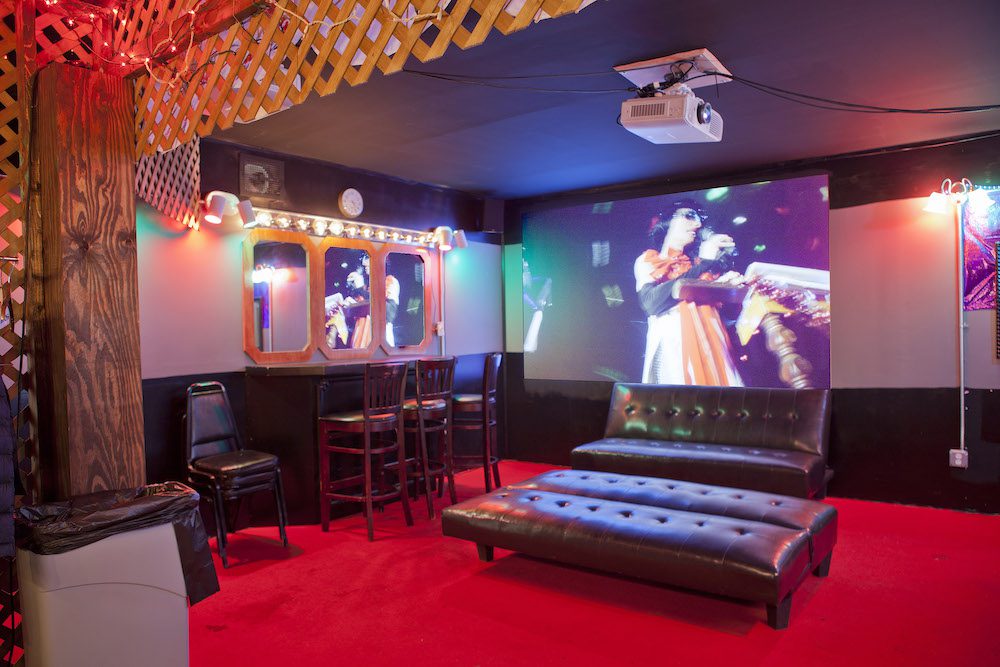
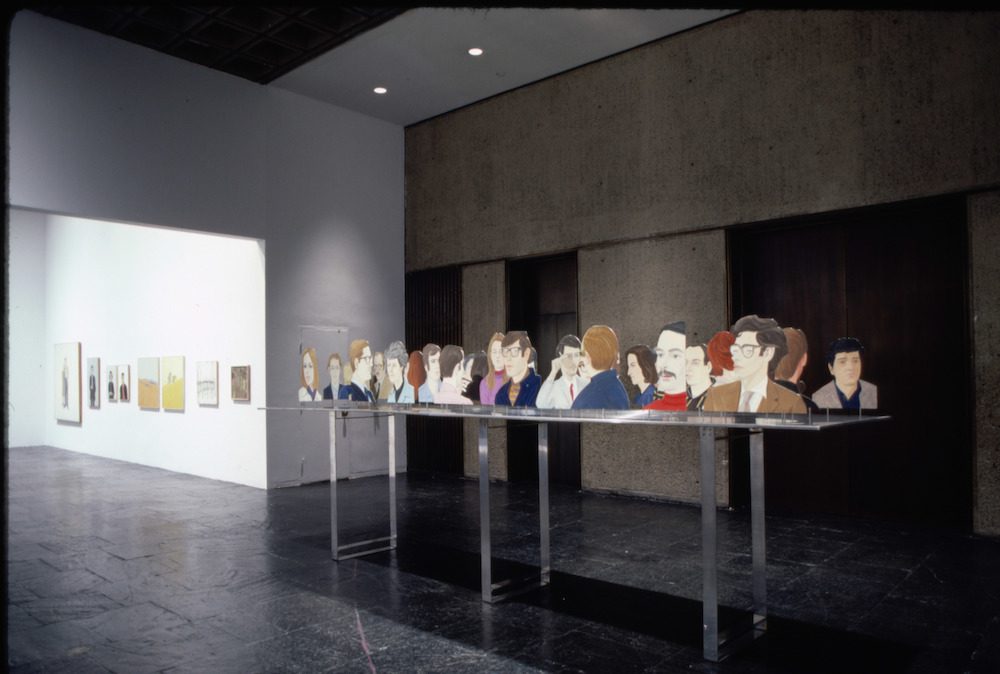



Browse through our gallery to discover some of the museum’s masterpieces.
Not just images
As part of the collaboration with the museum, Scala Archives also has access the Whitney Museum’s valuable audio and video archives. Of particular interest the collection of videos (some even in American sign language) related to performances, exhibitions, lectures, and interviews with artists and curators; as well as the collection of audio guides with contributions from artists, curators, and other scholars.
Check what Audio and Video content and collections are available upon request through Scala Archives.
The Whitney Museum preserves the richest collection of paintings, drawings by Edward Hopper as well as his archives. Edward Hopper was among the most popular and beloved American artists of the twentieth century and is considered the most significant interpreter of American Realism.
The reality of everyday life: city streets, hotel rooms, theater interiors, Victorian houses and man within them seems to be the main theme in all of Hopper’s works.
“I don’t paint what I see, but what I feel“.
In 1933 MoMA new York dedicated the first retrospective to the artist and in 1948 the magazine “Look” nominated him among the best American painters. A few years later, in 1950, the Whitney Museum organized another important retrospective.
Since then, Hopper’s work has been celebrated by all and has inspired countless painters, poets and directors, just think of House by the railroad which will universally remain the home of Norman Bates.
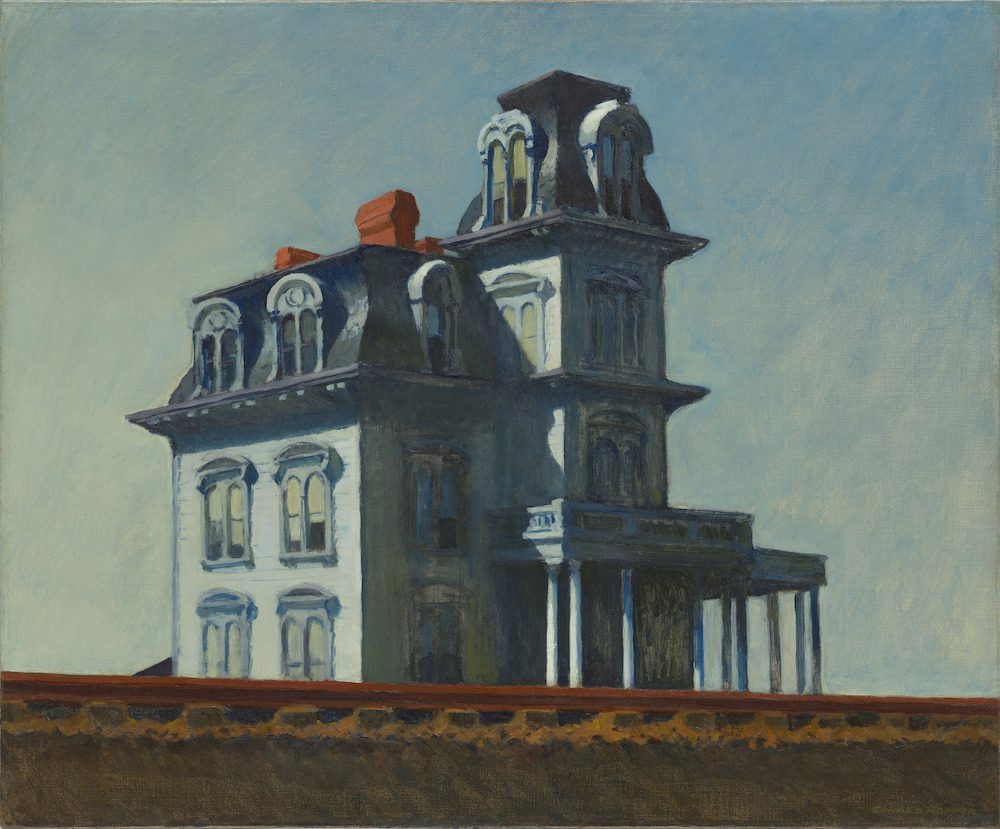
In 1970, Hopper’s widow donated 2,000 works by the artist to the Whitney Museum. To date, the museum’s collection includes over 3,100 works by Hopper, making it the museum with the largest collection of works by Hopper in the world. In addition, in 2017 the Whitney Museum received the donation of the artist’s personal archive, which consists of over 4,000 objects, photographs and documents made available to researchers to learn more about the work of this Master.
On October 19th 2022, the Whitney Museum of American Art will inaugurate the exhibit Edward Hopper’s New York which traces the artist’s sixty years of life in New York city through more than 200 works.
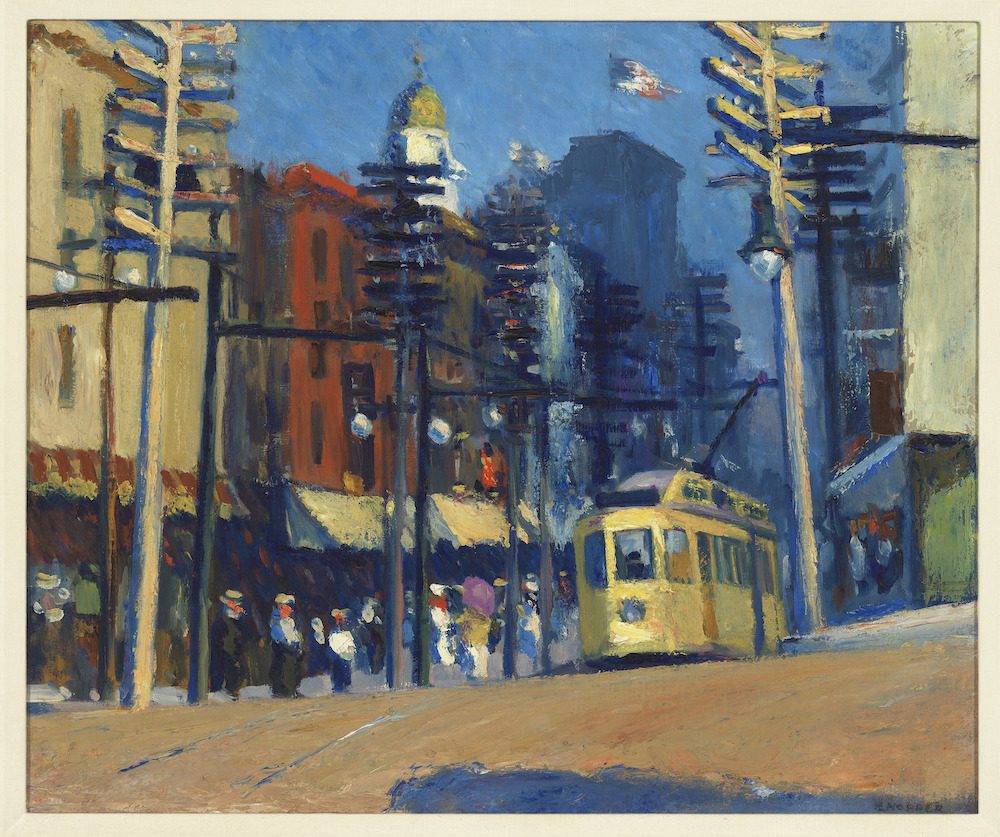
On top of archival material, the exhibition will feature watercolors, prints and drawings belonging to the Whitney but also from other public and some private collections. The show traces the artist’s view of the New York city, the city he knew the most and loved the most. Hopper lived in NY city for almost 60 years, at a time when the city underwent a tremendous urban and social development. Hopper mostly avoided the iconic skyline and landmarks (for example not the Brooklyn bridge but rather the Queensborough bridge), and preferring utilitarian structures, intrigued by the contrast of old and new, civic and residential, and depicting these spaces with few if any figures.
Browse our gallery to see a selection of the works that will be on display from October 19th 2022 to March 5th 2023 at the Whitney Museum of American Art.
Scala Archives is the world’s exclusive official agent for the Whitney Museum of American Art. Through Scala Archives you can access the entire photographic collection of Whitney’s works.
Can’t find the image you are looking for? Contact us!